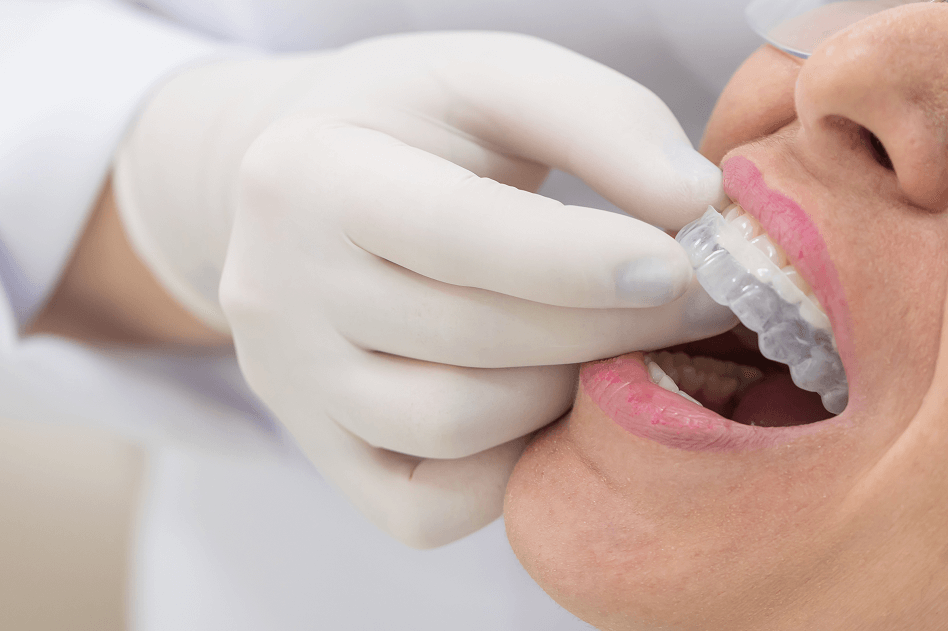
Clear aligners are comfortable, nearly invisible and integrate smoothly into daily routines. However, the decision whether to visit a General Dentist or an Orthodontist still remains. While both practitioners may claim to use aligners as an appliance of choice for the treatment, a difference emerges with the depth of their training, experience, and their capacity to manage challenging cases.
Now, let us discuss how an orthodontist can add value to your clear aligner treatment, and how this can positively impact your treatment journey.
Knowing the Difference Between a General Dentist and an Orthodontist
A general dentist is your teeth’s GP. They can provide a broad array of services, for instance, handling cleanings and fillings as well as crowns and gums. An orthodontist goes through additional years of training focusing on the treatment of the teeth and jaws.
Consider this scenario: if you had a routine health problem, you might go to your family doctor. When it comes to heart surgery, you would seek out a specialist like a cardiologist. This parallels how an orthodontist is much more knowledgeable when it comes to moving teeth to the perfect position.
The Expertise Factor
In a biological sense, tooth movement involves a complex process, including but not limited to: bone remodelling, bite adjustment, and ensuring long-term stability of the changes. All of this must be accounted for in long-term value.
With the right training, an orthodontist can manage to steer clear of negative outcomes like bite problems, gum problems, or other unwanted side effects, and better yet, predict how your teeth would respond in the long term and alter the plan if needed. This is crucial if your case is more complex and is not limited to mild crowding alone.
For instance, a general dentist may work with an aligner’s default template, but an orthodontist customises it to preserve the roots and eliminate relapse to improve the treatment outcomes.
Working with Complex Situations Using Confidence
Clear aligners are developed for mild to moderate cases; however, they are also effective for intricate problems when used methodically. An orthodontist is well-qualified to formulate treatment plans for patients suffering from overbites, crossbites, and severely crowded teeth to ensure their long-term dental health is maintained.
For optimal results, an orthodontist may employ a combination of clear aligners and other orthodontic methods. This methodological flexibility is made possible by years of their practical clinical experience with a wide range of complex and simple cases.
The Balanced Smile
Slightly more complex is correcting a smile, which also incorporates how the teeth meet, their relation to the jaws, and the symmetry of the face with the resting position of the lips. Bigger picture as it may be, orthodontists are trained for it.
For any comprehensive smile redesign, orthodontists need to make sure that it meshes well with your speech, bite, and face. Ignoring this will damage the structural equilibrium of the face, which is vital for any smile. This holistic orthodontic method of treatment not only results in an indisputable cosmetic improvement, but it also optimises the patient’s well-being.
Lower Risks, Improved Outcomes
Insufficiently planned clear aligner treatment can lead to issues like tooth sensitivity, gum recession, or bite misalignment. These problems can be costly and difficult to resolve.
The complications that could arise from aligner treatment are much less likely to happen when an orthodontist is involved. Her trained eye can catch many early warning signs and make timely adjustments. This early intervention is much preferred by most people and is one of the reasons aligner treatments are often initiated with specialists.
Specialist Interventions and Adaptations
Moving teeth is not an exact science. In some instances, teeth are likely to be less mobile than others. An orthodontist is skilled enough to make necessary adjustments to your case. This approach is one of the reasons why treatment duration and expectations can be aligned successfully.
An orthodontist is capable of addressing some of the most challenging and persistent issues with teeth. For instance, when teeth simply do not want to reposition, there are other devices that can be used to help. This type of decision-making differentiates the good result from a great one.
Though either a general dentist or an orthodontist may prescribe clear aligners, orthodontists remain the practitioners of choice for a significant number of patients, especially in relation to complex cases. This is due to the fact that they have received more comprehensive training and have more experience. With the right blend of artistry and science, an orthodontist will ensure that your smile is not only straighter, but is also more functional and healthier.
When you are investing time and money in your smile, it is more reassuring to have a specialist on your side, one who has devoted years to refining the art and science of moving teeth. At DentAesthetica, we have adopted a more personal and modern approach to orthodontics, utilising cutting-edge technology to design treatment to give you a confident smile, one that you will be eager to show off every day.
